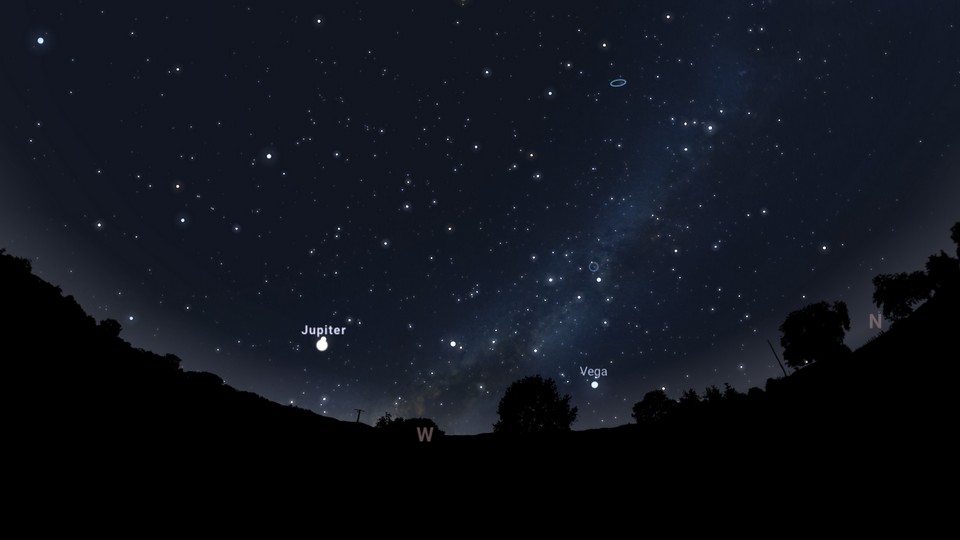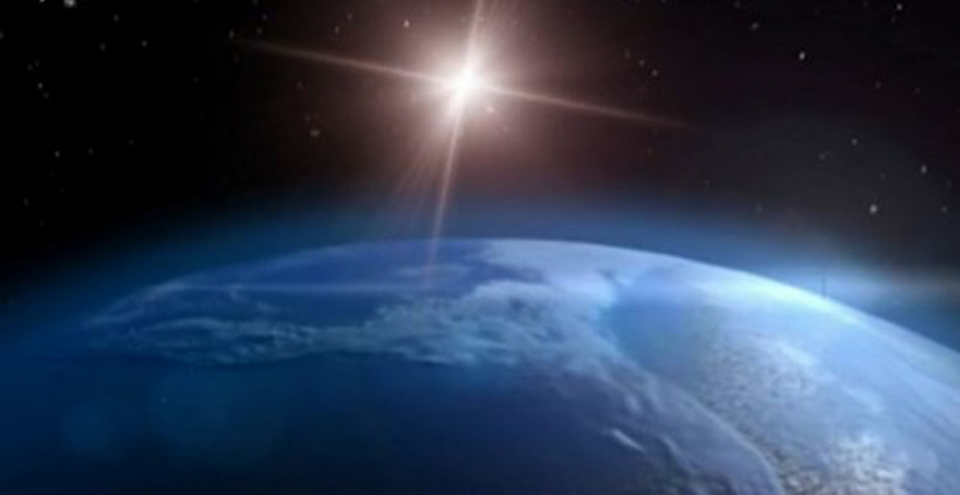
As Christmas approaches, sky gazers will be treated to a celestial wonder that hasn’t been seen so clearly since 1226 — a “Christmas Star.”
The rare phenomenon occurs when Jupiter and Saturn line up very close and appear to nearly collide, giving the impression of a double planet when viewed from Earth.
Some astronomers believe that the “Star of Bethlehem” in the Nativity story was a conjunction of Jupiter, Saturn and Mars.
The last time the two planets were so close was 1623, but stargazing conditions at the time meant the astronomical event likely was not seen by earthlings. The last time such a close pairing was observable to the naked eye was in 1226 A.D., at a time when Genghis Khan was conquering large swaths of Asia, and Europe was still generations away from the Renaissance.

Jupiter and Saturn come out first thing at nightfall in December 2020, and will continue to do so until the year’s end. These two worlds appear bright and beautiful, though they sit low in the southwest sky. Day by day, the twosome appears a bit lower in the sky, and set sooner after dark.
To see these worlds, find an unobstructed horizon in the direction of sunset, and seek them out rather low in the sky as soon as darkness falls.
Look first for brilliant Jupiter (Jupiter shines brighter than any star in the sky at magnitude -2.0, while Saturn is dimmer at magnitude 0.6 – though the Ringed Planet is still quite bright); Saturn is the bright object immediately to Jupiter’s east for the first three weeks of December.
So, you certainly won’t need binoculars or a telescope to see the Great Conjunction of 2020. But if you do have observing equipment, you’ll be able to zoom in and watch the dance of Jupiter’s four moons — Europa, Io, Callisto and Ganymede.
Around the world, Jupiter and Saturn set about 3 1/3 hours after the sun in early December. Near the month’s end, the twosome follows the sun beneath the horizon around 1 1/2 hours after sunset.
The peak of Jupiter and Saturn’s great conjunction will be on the winter solstice, December 21, 2020, but the days leading up to the conjunction will offer almost as beautiful a sight, so get out there now and observe this once in a lifetime event.





